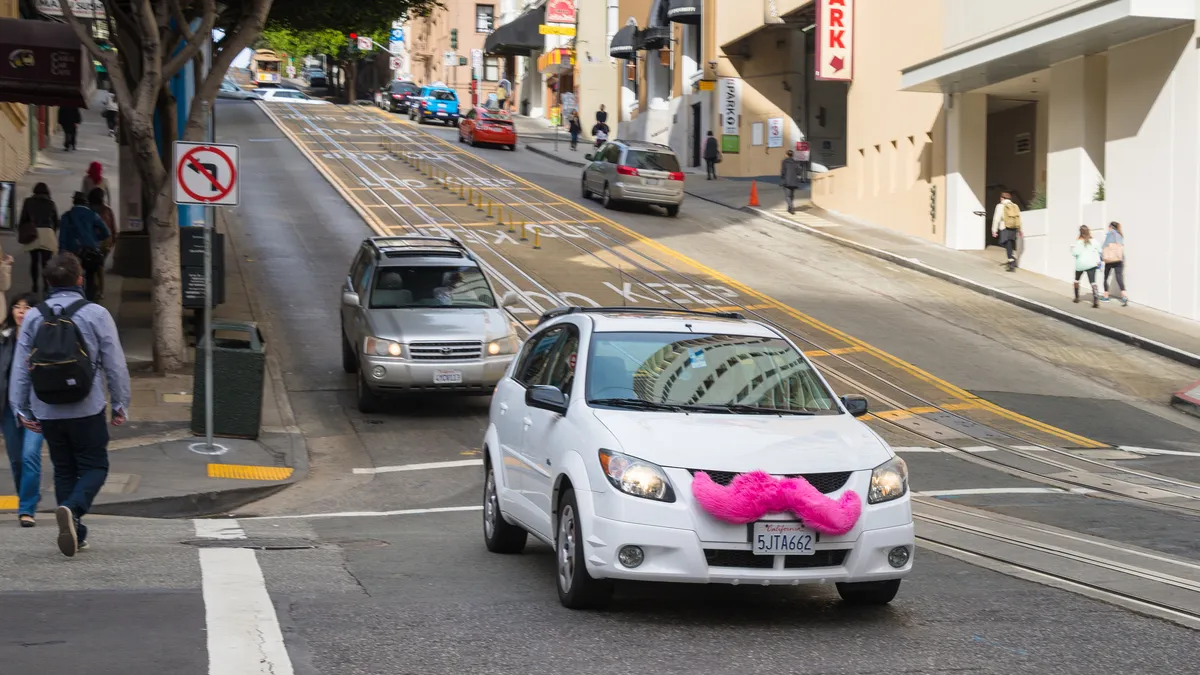Dive Brief:
-
The ride-share industry is tapping into the school transportation market by vetting highly-qualified caregivers as drivers, District Administration reports.
-
HopSkipDrive, a ride-sharing service that caters to kids, has transported special education students in Pasadena, California, while the same state's Arcadia Unified School District also contracts with the service to transport kids between schools.
-
Via, a ride-sharing app that competes with Lyft and Uber, has also licensed its algorithm to New York City Schools to help the district improve its bus system's efficiency, additionally providing real-time bus tracking data that parents can access, as it transports around 150,000 students.
Dive Insight:
The cost of transporting students around districts is sky-high — and may be full of waste. A New Jersey report claims the state’s districts spend about $1.2 billion per year, which breaks down to an average of $1,508 per rider. However, some districts spend more than $10,000 per student due to high numbers of special needs students.
The transportation of special education students is a challenge in particular for districts nationwide. Each student has a unique plan that administered and overseen by trained staff and administrators. Drivers need training on each student’s plan so they know how to respond in case of a problem.
Working with services like HopSkipDrive may offer some relief on this front. The company employs trained caregivers such as teachers, nurses and parents, and if the same driver (or set of drivers) with experience serving a student's particular need can be arranged regularly, the more personalized nature of the service could make a difference. And that's aside from potentially mitigating per-student transportation costs as high as $10,000 a year in some districts when it comes to transporing students with special needs.
But while the practice of using ride-share types of services, such as taxis, to transport special needs students is already in play, it’s important to note that the responsibility of transporting the student remains with the district even if the transportation service has been outsourced.
Districts can also reimburse parents for mileage if they would rather drive their students to school in their own car. Equpping regular buses with support staff who understand indivudal students' needs may also be a less-expensive option.







 Dive Awards
Dive Awards






